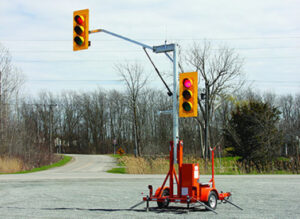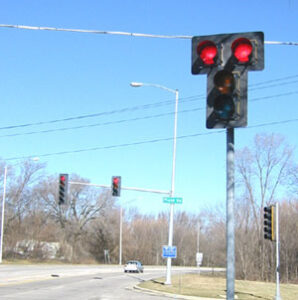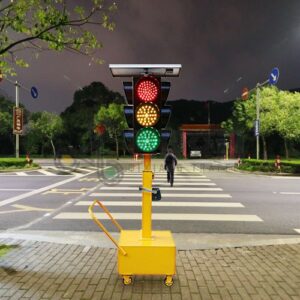The traffic light systems are the key to control road traffic and secure people on roads. Of course, these systems can differ greatly from country to the other. In this article, we are doing an extensive comparison of the data.
Standardization and innovation in North America
Well, To get started with an examination of the traffic light systems in North America. Traffic signals are standardized to a great extent in the United States and Canada. A typical system consists of red, yellow and green lights that are either vertical or horizontal. Such uniformity ensures that drivers can recognize the signals promptly, irrespective of where they travel within these nations. North America has also led the way in utilizing technology to manage traffic. For example, some cities are using smart traffic lights that respond to real-time road usage information and adjust their timing accordingly.
European Union: Efficiency and Pedestrian Protection
Finally, let’s turn to Europe for a dutifully efficient and pedestrian-friendly offering. Traffic lights in European cities, for example, are often fitted with pedestrian facilities. In the UK and Germany, there are many junctions that include pedestrian signals with a countdown of how long is needed to safely cross. Additionally, some countries such as the Netherlands and Sweden have bike-friendly traffic lights. New signals have been designed for these systems especially to notify cyclists when and where they can proceed through, adding an extra layer of safety on top of the integration into motor vehicle traffic.
Asia – Technological Progress and Unique design
Some of the most sophisticated traffic light systems in the world are those you see in Asia. For example, as per its language and tradition, Japan employs traffic lights with a blue-green tint in the place of regular green. Implementing smart traffic management systems has therefore, gained significant momentum in South Korea and China. Powered by AI and big data, these systems are designed to mitigate traffic congestion problems reducing wait times while improving operational efficiency. Moreover, in some intersections of the large cities typical for Asia you can find animated signals that show very peremptory and emphatic guidance to passer-byes and drivers.
 Africa: Tailoring to a Local Taste
Africa: Tailoring to a Local Taste
Africa tends to customise traffic light systems as per local needs and conditions. Power outages and traffic jams plague numerous African cities. Therefore more and more using solar energy traffic lights. These systems keep the traffic lights working and in their precise prior mode of operation, thus helping to avert chaos on roads. In addition, in cities like Nairobi and Johannesburg investing millions of dollars into advanced traffic management systems to tackle ever-growing urbanization and worsening transport congestion.
South America: The Tradition vs Modernisation Dilemma
The Americas: South America and the balance between tradition & progress on traffic light systems Finally, let’s move to our final region of interest — indeed a remarkable example for something else than just geofencing. Traffic lights remain the norm in places like Brazil and Argentina, but smarter systems are starting to take root there. In Brazil, for instance, some cities have installed countdown timers at high-volume intersections to inform motorists and pedestrians when signals will change. In addition, automated traffic lights have already been implemented in a number of busy urban centers to help reduce congestion by adapting the light based on the amount of vehicles in any given direction.
Conclusion
Overall, the traffic light system in place around the world is an intriguing mix of global standardization and innovation coupled with local customization. The systems in North America are largely standardized but here, the focus is more on Asian solutions that utilize some of the most sophisticated traffic management technology. Technology will usher in the next era of road use, as this decade progresses more and more safe, efficient and convenient vehicle services will explode all across our worlds roads. By appreciating the scale and need of these unique systems, it may be easier to understand how difficult this problem can become across cultures and environments.

